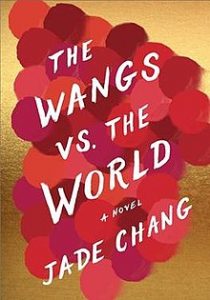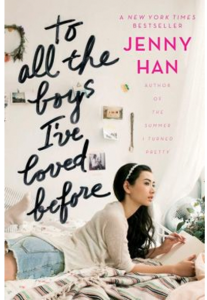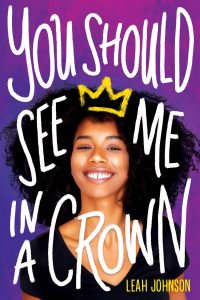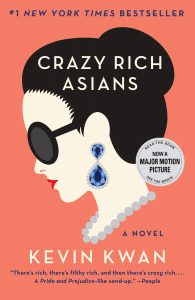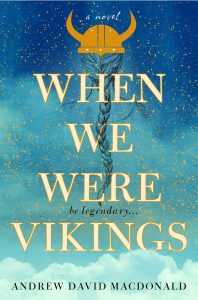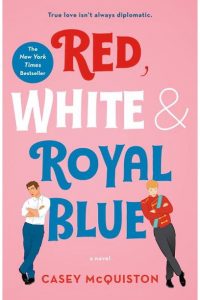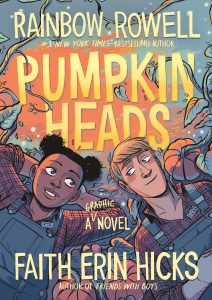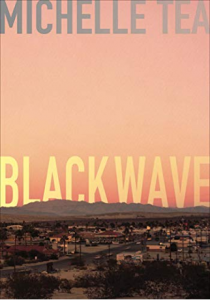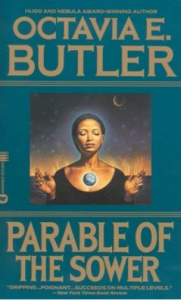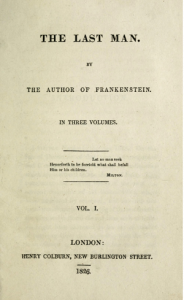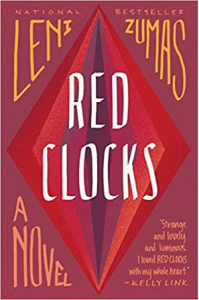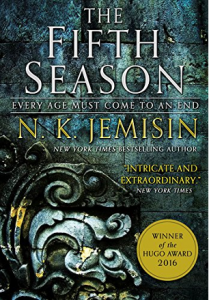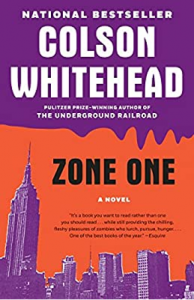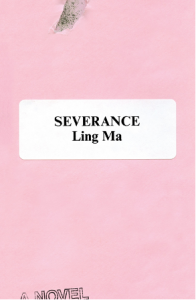As the year comes to a close and it somehow still feels like March, we thought you might need some books that fill you with joy and keep you entertained. It’s quite the understatement to say that 2020 has been a strange year, and we’ve probably all spent a record-breaking number of hours staring at screens for work, school, and entertainment. You know when you scroll through TikTok for 15 minutes but somehow two hours passed? Here are some books that will make you feel the same way!
Click on each book title for links to access through the University Library, or check out your local public library.
The Wangs vs. the World by Jade Chang
The Wang family is super wealthy. At least, they were. When they lose their fortune, the Wangs pack their few remaining possessions into an old car and drive from California to New York. Filled with humor, charm, and a healthy dose of awkward reality, this book will also fill the void of Schitt’s Creek being over.
To All the Boys I’ve Loved Before by Jenny Hahn
Whether or not you’ve seen the Netflix film adaptation, this book is worth the read. Lara Jean Song has written a letter to every boy she’s ever loved, and they’re all tucked away in a secret box. Somehow, her letters get mailed and now she’s being confronted by all her past crushes that she may or may not really be over.
You Should See Me in a Crown by Leah Johnson
(not available through UIUC, link goes to Champaign Public Library)
While everyone in her small town is completely obsessed with prom, Liz Lighty just wants to escape to college. But winning prom queen comes with scholarship money, so even though she thinks she’s too poor, too Black, and too awkward for her classmates, Liz decides to do whatever it takes to win that prize. She doesn’t like the spotlight, but she does like spending time with the new girl who is also running for prom queen…
Crazy Rich Asians by Kevin Kwan
If you love dramatic reality shows, this book has that same addictive, guilty-pleasure feeling. Rachel Chu agrees to spend the summer in Singapore with her boyfriend, Nick, but he fails to mention that his family is outrageously wealthy and their home is more like a palace. Since Nick is one of the island’s most eligible bachelors, Rachel finds herself with a target on her back in this world of gloriously insane wealth. After you read the book, there’s also a film adaptation!
When We Were Vikings by Andrew MacDonald
Zelda is a 21-year-old Viking enthusiast born with fetal alcohol syndrome. She lives with her older brother, Gert, and traverses life’s difficulties by adhering to some simple rules and ideals. After finding out that Gert has some questionable methods of making money, Zelda embarks on a heartwarming quest and discovers what makes a hero.
Red, White & Royal Blue by Casey McQuiston
For a non-stop joyride, look no further than this novel about the son of America’s first female president. Alex Claremont-Diaz is charming and popular, in fact, he gets along with everyone – except for England’s Prince Henry. The two long-time nemeses make international news after causing a commotion at a royal wedding, and now they have to stage a fake friendship to do some damage control. The two have more in common than they realized, and their fake friendship evolves in a way that could have serious consequences for them and their nations.
Pumpkinheads by Rainbow Rowell
This graphic novel is filled with fall vibes, friendship, and fun. Deja and Josiah have worked together every fall at the world’s best pumpkin patch, and this is their last shift together before they head to separate colleges. They decide to turn it into an epic night, eat all the best snacks, and finally talk to the girl Josiah has been mooning over for the past three years. Finding the girl isn’t as simple as they expect, but Deja and Josiah find lots of adventure along the way.
We hope you enjoy these books, let us know what you think!
Written and edited by: Nicole


